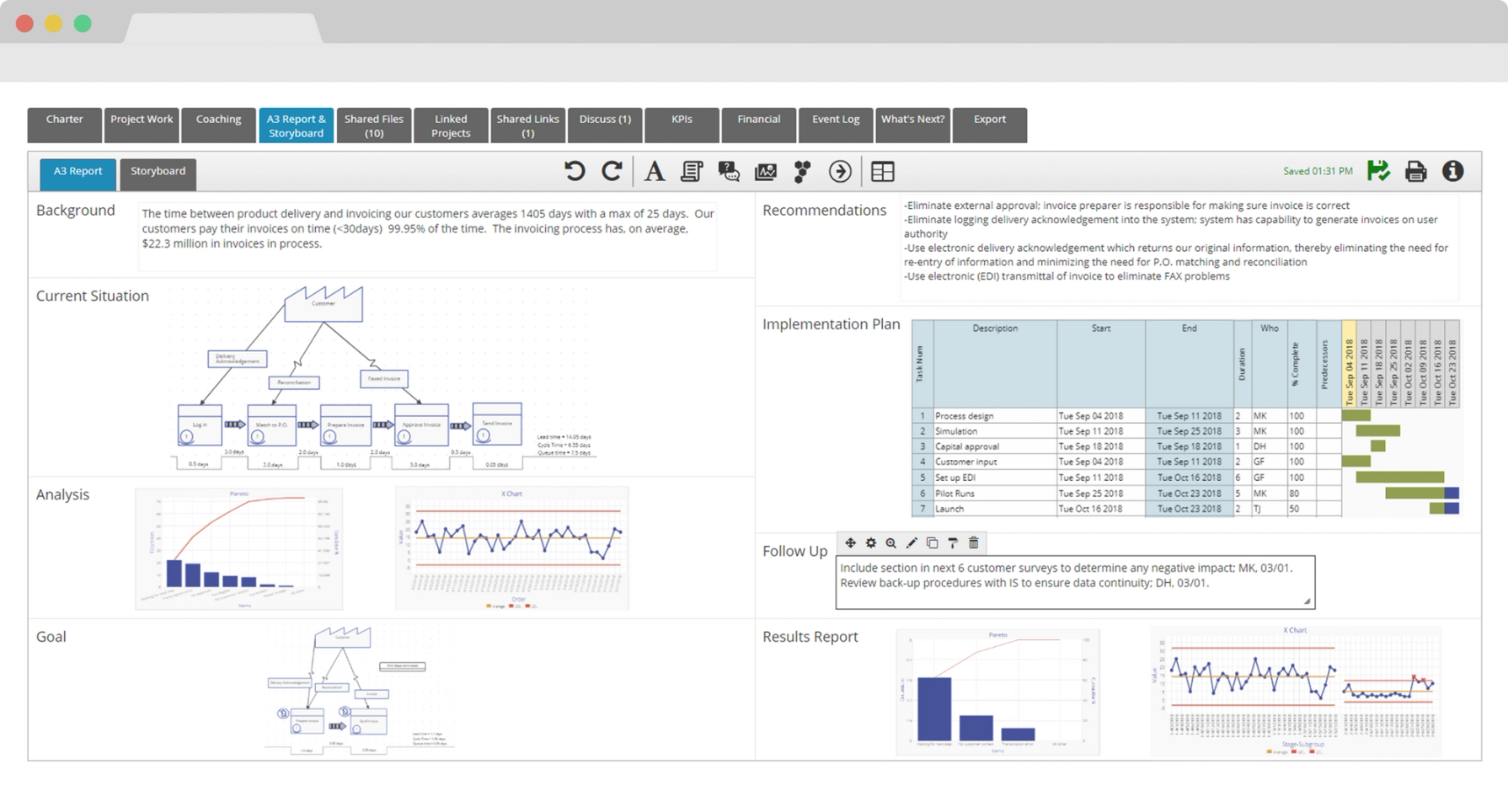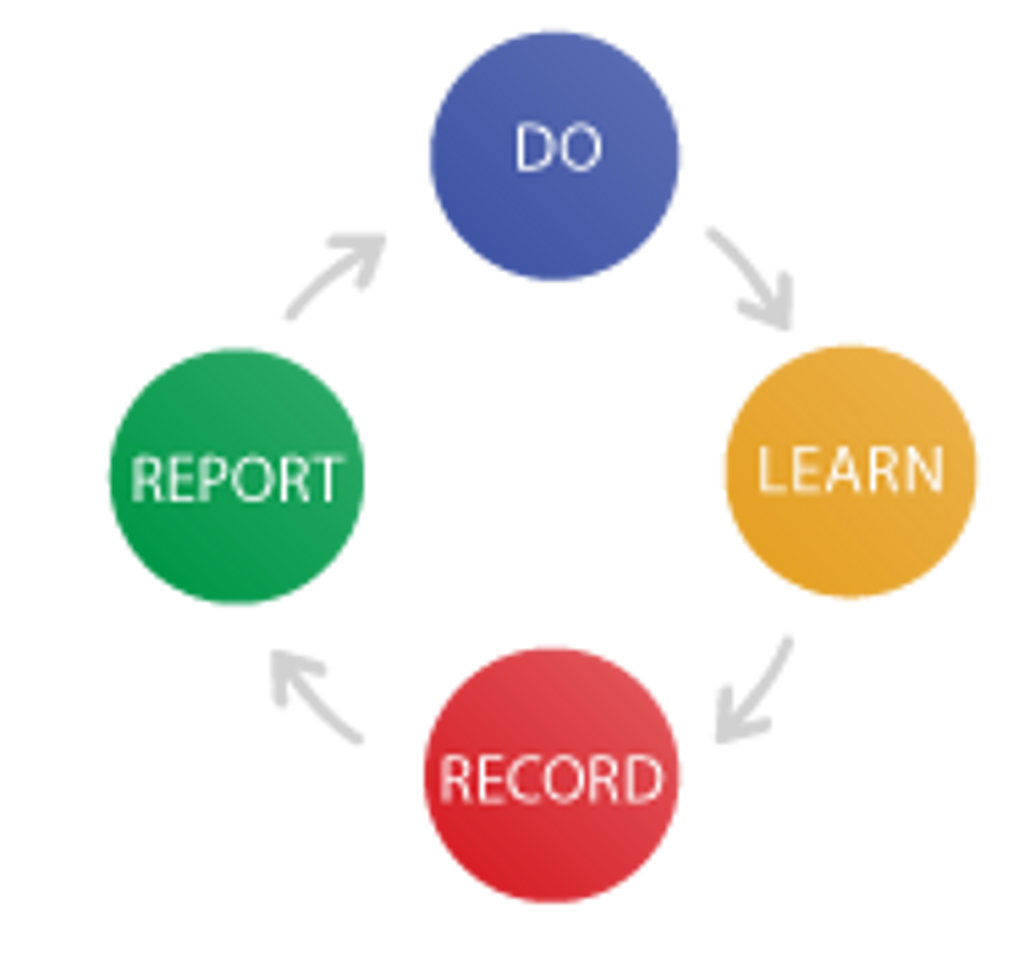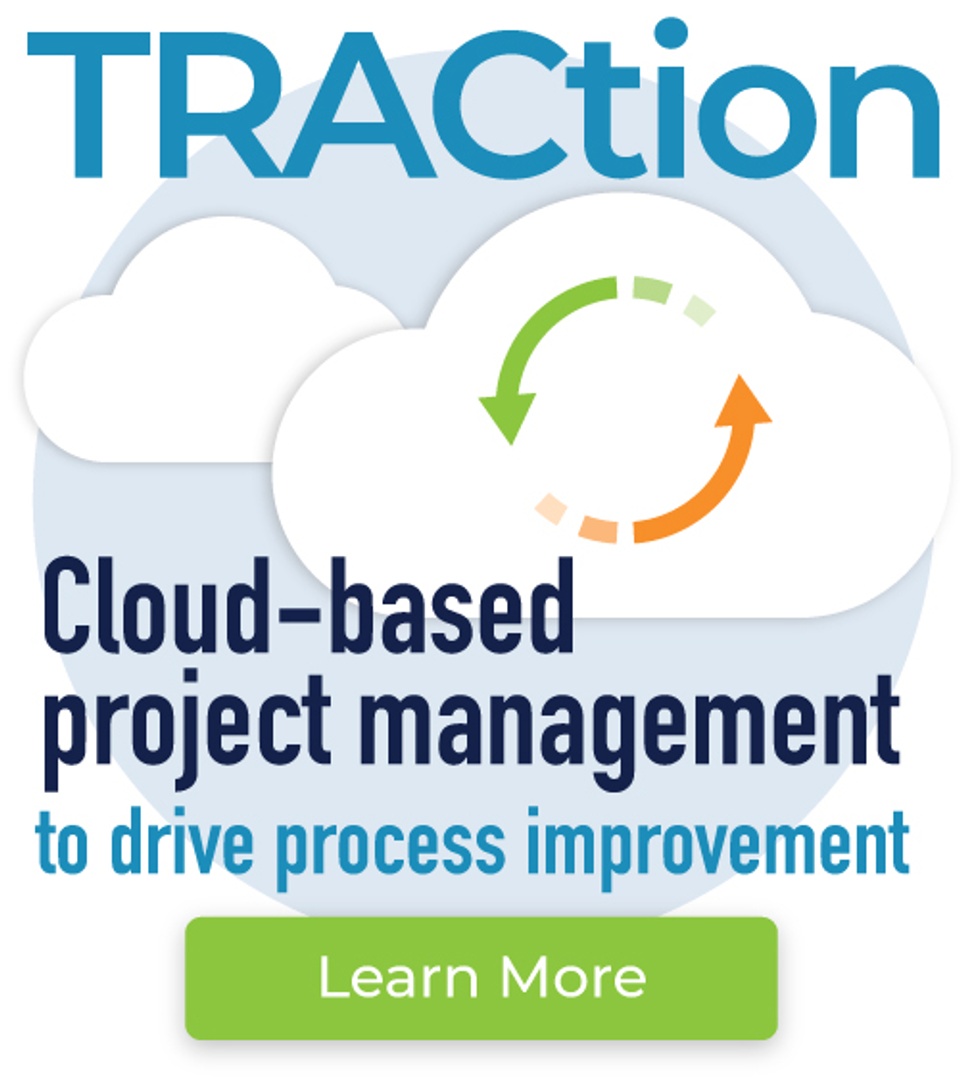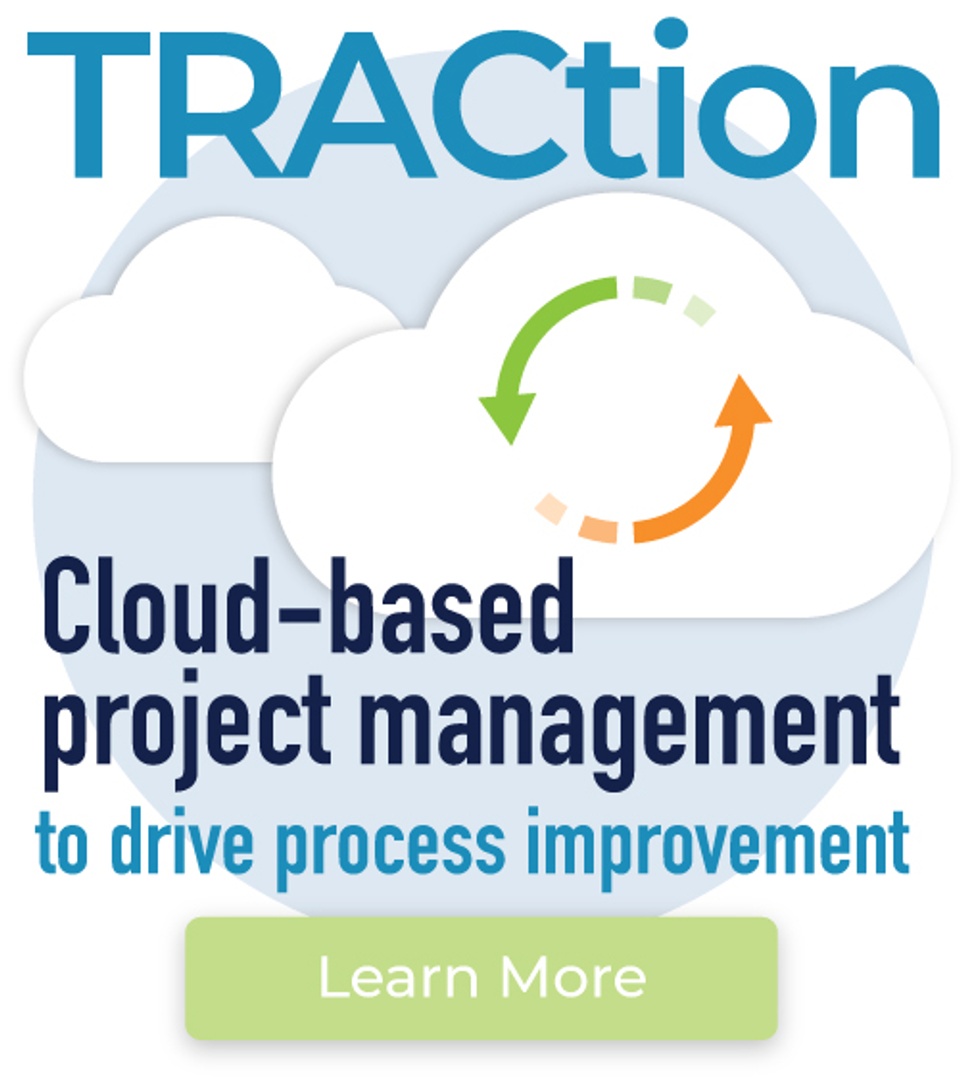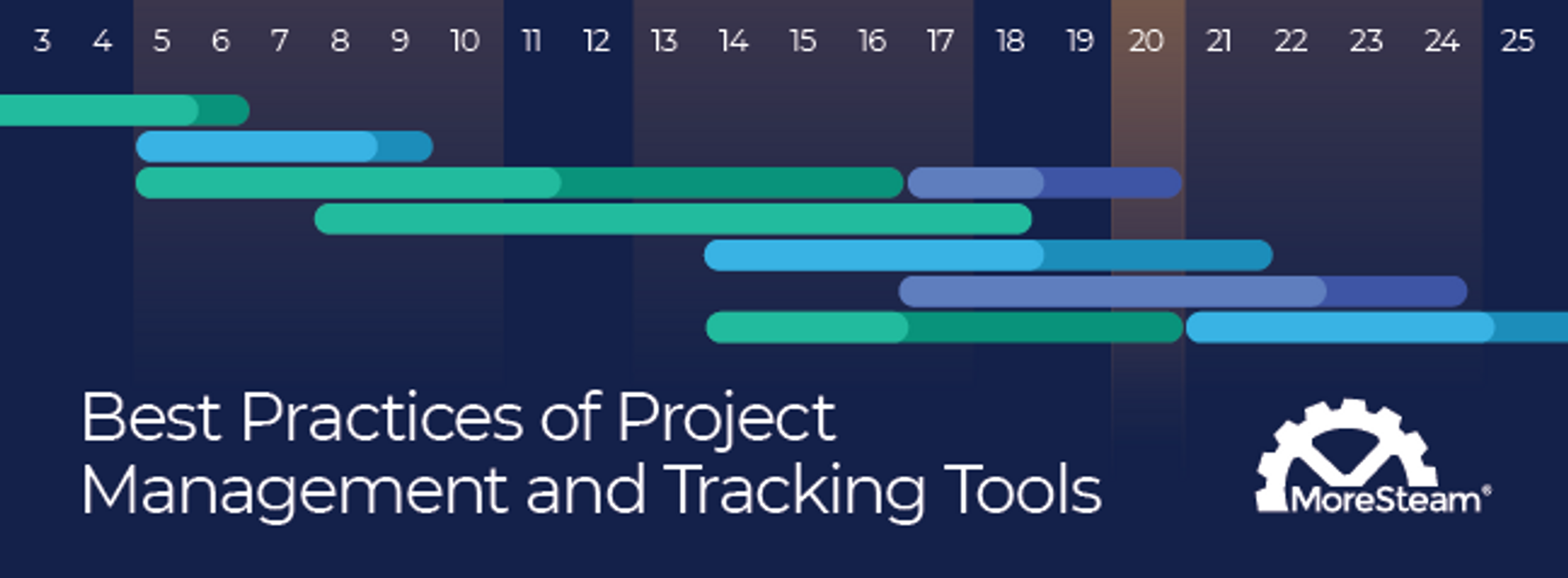
Best Practices of Lean Six Sigma Project Management and Tracking Tools
Introduction
Solid Lean Six Sigma deployment management requires recording, storing, viewing, and reporting on‐going project work. Providing visibility and transparency to the project status and results helps drive executive support and builds internal awareness of the benefits of continuous improvement. Supporting deployment management by providing a project management and tracking system also helps project leaders create meaningful reports and standardize the process of project completion.
But most process improvement initiatives do not begin this way. Rather, the early stages of deployments often focus on basic blocking and tackling of training and completing early, critical projects. But with any meaningful scale, the lack of a comprehensive project tracking system impedes progress at all levels of a deployment. Soon, champions start to spend hours updating metrics and wrestling with bulky, incomplete spreadsheets, team leaders post data files in multiple locations, with no central repository or standardized electronic format, and executive management has little in the way of financial results (or when to expect them), and project team members struggle to post or review data at all.
In these all too common circumstances, proposals to develop home‐grown project management tools start floating, raising new questions about development time, ongoing maintenance costs, and the common pitfalls of version control, file labeling, and merging multiple related documents for reporting purposes. The clamor rises and an ad hoc council determines that ‐no surprise‐ the best means of solving these growth‐related pains is to purchasing a project management and tracking tool to bolster the deployment infrastructure.
This paper assumes the reader has at least mild interest in options for managing a portfolio of process improvement projects and proposed ideas for possible projects. We would like to help you make a smart decision by pointing out a few things we've learned about project tracking applications in this industry.
Selecting the Right Tool for Your Deployment
So, you've been given the mandate to investigate, but with many commercial products available on the market, how do you begin to whittle down your choices? Some critical questions include:
- Do you use an online tool or one with a desktop client?
- Will you need a specialized interface, and how much time and money will be required to realize the required customization?
- Which features are vital and which are "nice‐to‐haves?"
- How expensive will the tool be to purchase and maintain over the years?
- Perhaps most importantly, if you build your own system, will the team that uses the system view it as a value‐added tool or as a non‐value‐added, bureaucratic distraction?
Here are some insights into the most common questions to ask and answer in the search for project portfolio management success. We start with the basic factors to consider when assessing the value of a project management tool.
The Five Musts for a Project Management Tool
Every project management and tracking tool will include many standard and perhaps some exclusive features. On the most basic level, this type of tool consists of an underlying database, an interface for users to add or change data, and a reporting system for monitoring and control purposes. Exclusive features you may encounter can include ERP integration, portal pages, strategy managers, and survey tools. But how much do these impact the day‐to‐day needs of your deployment?
The best management and tracking tools for process improvement projects must include the following five basic elements, which we detail below:
- Ease of configuration
- Visual and intuitive management features
- Integration with learning and action
- Flexible, powerful reporting features
- Relevancy to the work process
Requirement #1: Ease of Configuration
Every Lean Six Sigma and process improvement deployment has unique characteristics. Company culture and organization, deployment maturity, 5 internal processes, and compliance requirements, have critical influences on the project management workflow. Because project management systems should reflect the status of workflows, unique as they may be, configurability of the system becomes a necessity. Consequently, "out‐of‐the‐box" template systems are often a poor fit or provide only short‐lived solutions. The configuration must be simple and straightforward.
Questions you should consider about configuration:
- Is the program already set up to follow commonly used workflows (e.g., DMAIC, PDSA, DCDOV, A3)?
- How much customization must be done prior to first use?
- Will you need the help of the vendor or a consultant for pre‐launch customization?
- If yes, how long will customization take and how much extra will it cost?
- Once the tool is operational, does your organization have the ability (i.e., an administrative tool) and capability (i.e., technical wherewithal) to make additional modifications to the interface and database as your program evolves? In other words, will your organization have to make additional customization arrangements with the provider for simple changes?
- Must you have IT resources to make configuration changes, or can non‐IT staff make changes?
- Does the system afford the ability to grant workflow roles and decision‐making authorizations? Meaning, can individuals or groups (e.g., champions or lean leaders) have permissions to update fields, lists and options? The absence of this capability can lead to anarchy!
- How easy is it to maintain and upgrade the program? Are updates included or are they an add‐on?
- Can you auto‐configure reports? Are they distributed automatically or manually?
The more control your organization has over the ability to configure, the faster you will be able to set up, run, and adjust your database and interface. Remember that first impressions count: the longer it takes to customize and implement your program, the less confident and enthusiastic will be the employees who have to use it on a regular basis.
Requirement #2: Visual and Intuitive Management Features
The second element you should demand from a project management program is an intuitive, visual interface. By intuitive, we mean an interface that requires little to no hand‐holding to get a Green Belt or project team lead started. Beware application providers who also provide training classes for a fee. (Such providers may not have the incentive to simplify operations.) Advanced topics should be treated with expert support and instructional resources. But that being said, new users should not have to attend specialized software training classes to be able to perform routine tasks, such as creating project charters and entering data. Look for intuitive interfaces that contain easy‐to‐locate and helpful help files, how‐to links, and annotated dialogs so that the most obvious work‐flow questions are answered as soon as they're asked.
As the number of projects grows, the size of the database increases, as does the complexity of tracking. Helpful navigational clues and tools should consistently present on each page and dialog. The user should have the ability to "drill down" in detail as much as needed. Intuitive features such as summary pages, tabbed reports, and graphic views help to filter out the noise and direct users to meaningful data. The interface should present categories and also segment large amounts of data into readable and understandable bites.
Visuals play a leading role in usability. The dual use of icons and pictures alongside words provides visual cues that draw the eye to next steps and important functions. Color‐coded tables and graphs emphasize where work is completed (or late!). Alerts and dashboards also draw the eye towards the most important, time‐sensitive details. And while colors can be useful, bright colors should be used judiciously, as overuse can disperse rather than focus attention.
Requirement #3: Integration with Learning and Action
The third critical element is how closely the project management program is integrated with the work and learning processes. The program should align as closely as possible to the phases and processes of the roadmaps used by the organization (e.g., DMAIC, DCDOV, PDSA, or other problem‐solving methodologies) to become a natural extension of the workflow. To illustrate the point, here are a few examples of what we mean:
- When a project leader completes an analysis, they should be able to use the program to immediately record the result and answer the appropriate critical question.
- Team members should be able to post and share data files and reports as they are completed, and to alert team leaders to the updated information.
- A team member should be able to access learning materials from within the system to review methodologies, definitions, and activities for each DMAIC phase and project step.
- Executive management and practitioners should be able to review progress and export project information as they prepare presentations, but without the necessity of becoming fully adept with all features of the system.
- A broad population of users should be able to submit new project ideas for consideration.
Requirement #4: Flexible, Powerful Reporting Features
The fourth critical element is robust, flexible reporting to monitor and communicate the day‐to‐day progress of the deployment. Most importantly, make sure reporting functions are under your control and do not require programming expertise or fee‐based assistance from the provider.
As to reporting functions generally, project management and tracking tools commonly provide two broad categories of reports: online dashboards that monitor ongoing progress and reports that represent snapshot views of activity.
With online dashboards, top‐level executives, Champions, and Deployment Leaders can immediately view a partial or complete state of the deployment when logging into the management program. Leaders must be able to select and configure these views (e.g., project status by location, by DMAIC phase, by Black Belt) to allow for a quick, meaningful overview of metrics and Key Performance Indicators (KPIs). Dashboards must provide visual alerts for cost overruns, project delays, and other undesirable states.
For generated reports, you should expect flexible, time‐saving features such as configuration wizards, templates, and auto‐configuration tools. When creating reports, you should be able to segment reports for different groups or individuals, receive separate reports for finance and progress, and establish rules for report standardization. Desirable features include the ability to email reports directly to a group, order and categorize reports, and receive financial reports in a calendar view.
Requirement #5: Relevance to the Work Process
And finally, a project management and tracking tool must be relevant to the ways in which Belts work. A project management tool must add value to the employee's job, not just a complication. Admittedly, relevance cannot be directly measured in the planning stage, but without it, there's no guarantee that end users will correctly, and consistently, use the program. In other words, if you build it, will they come to view it as an enabler or an obstruction to their daily work?
Many deployments leave the project selection process to Champions and executives who base their decision on budgetary and operational factors such as pricing, feature lists, and scalability. No one on the committee "walks the line" to see whether or not an ill‐conceived interface, a poor data‐entry workflow, or even a slow processing speed would be a serious deterrent to the workflow. These types of concerns can pass undetected and become the responsibility of the post‐purchase IT team, who may or may not be able to fix them. The result: a half‐year later, you've gained a database of incomplete or incorrectly entered data, and even the most dedicated employees have become stymied by the system.
One way to avoid a lack of relevance is to include belt‐level employees in the tool selection process. These individuals can act as the Voice of Customer to help prioritize the CTQ (Critical to Quality) program features. With the permission of the vendor, you can set up a trial environment where several Belts can test‐drive the program by entering completed projects in the manner in which they were originally run. Executives can also vet the interface by generating test reports and dashboards to compare the expected and actual output. At the end of the trial period, you will have proved the relevance of the tool and earned the support of the deployment.
How Does MoreSteam's TRACtion® Align to These Best Practices?
TRACtion by MoreSteam® is a web‐based project management and tracking software that provides a ready infrastructure to support Lean Six Sigma deployments. TRACtion provides all five basic elements described above and is designed for a one‐day setup process involving no programming.
Learn more about TRACtion on our website or contact MoreSteam today for a live demo.
About MoreSteam
MoreSteam is the leading global provider of online Lean Six Sigma training and blended learning technology, serving thousands of corporate clients globally with a full suite of Lean Six Sigma eLearning courses, EngineRoom® data analysis software, TRACtion online project tracking software, and a full suite of training simulations for a complete portfolio of technology supporting Enterprise Process Improvement. More information about TRACtion project tracking from MoreSteam is available here: TRACtion




